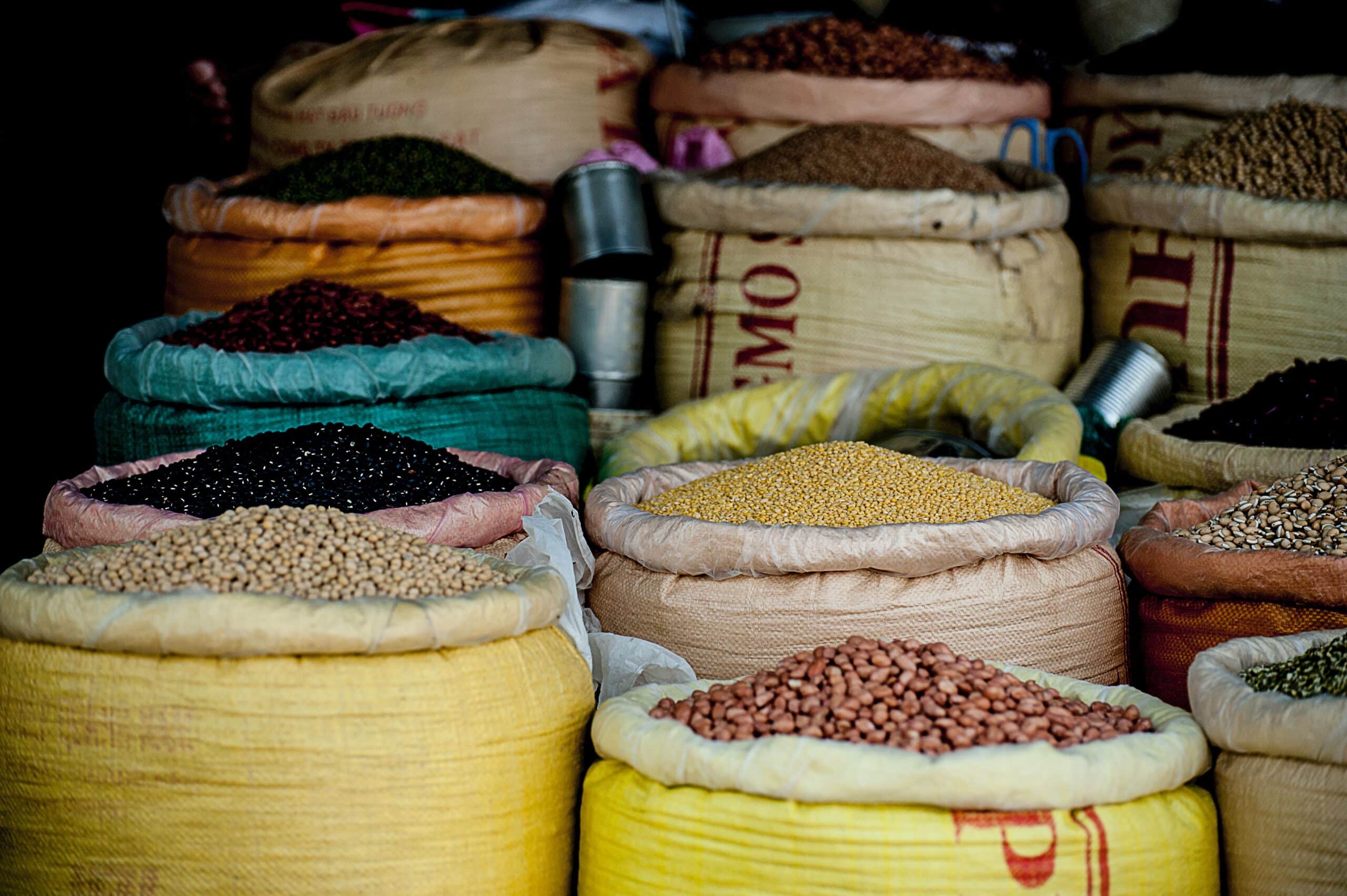Many of us have probably heard our doctors stress the importance of increasing the amount of fiber in our diets. I used to believe I was on track with meeting these recommendations until I decided to explore the topic more thoroughly. It’s astonishing how many of us actually fall short of the recommended daily quota. In this article, we’ll explore what exactly is fiber, its benefits, and most importantly, learn what foods are high in fiber so that we achieve our goals without over complicating our diets.
What is fiber?
Our bodies have the mechanism to digest various types of macronutrients, such as proteins, fats, and carbohydrates. Fibers are a type of carbohydrate that our body cannot digest, which means our guts cannot chemically break them down into components that the body can absorb and use.
Fibers are usually classified into soluble and insoluble.
Think of soluble as the kind that dissolves in water (like sugar mixed with water).
Think of insoluble as the kind that does not dissolve in water (like sand mixed with water).
Why is fiber important?
Soluble and insoluble fibers each have their own properties and benefits, and they are found in a variety of food. Depending on what health benefits you are aiming to achieve with adding fiber to your diet, you can tailor your choices to achieve that goal. Speaking broadly, fiber can support digestive health, weight management, heart health, blood sugar control, and blood cholesterol control just to name a few.
The modern diet poses a challenge because it’s abundant in sugars and processed carbohydrates while lacking in fiber. You might find it unexpectedly difficult to boost your fiber intake when you initially make that decision. It turns out that virtually every item I selected from the grocery store, which I believed would be a good source of fiber, had very little or none of it!
What are the benefits of fiber?
Soluble
1) Cholesterol management
There’s some evidence that consuming water-soluble fibers reduce the bad cholesterol called low-density lipoprotein (LDL) by 5-10%. The effect of soluble fibers on bad cholesterol was further supported by metanalysis which showed an effect, albeit small, in reducing LDL. The example provided was consuming 3 grams of soluble fiber from oats may lead to an estimated reduction of 0.13 mmol/L in both total and LDL cholesterol levels. Another systemic review found that various types of food can affect cholesterol levels. In that review, there was strong evidence to suggest that foods high in soluble fiber such as oats or barley moderately reduced LDL levels. Flaxseeds, tomatoes, and avocados made the list.
Take-away: Soluble fiber can help lower LDL cholesterol levels.
2) High blood pressure
Soluble fiber has also been found to have effects on blood pressure. A systemic review and metanalysis of randomized control trials found that consuming soluble fiber can help systolic and diastolic blood pressure (systolic is the top number, diastolic is the lower number of a blood pressure reading)
Another metanalysis of randomized placebo-controlled trials showed that increased fiber consumption in western population (where intake usually does not meet the standard recommended levels), can help reduce and prevent high blood pressure.
Take-away: Soluble fiber can help improve blood pressure control
3) Blood sugar control
There’s some evidence that shows soluble fiber intake can help regular blood sugar. In a randomized controlled trial conducted on patients with Type 2 diabetes, the results showed significant reduction in body-mass index (BMI), improvement in fasting blood sugar as well as improvement in Hemoglobin A1C levels (index that averages blood sugar over 3 months) and insulin levels.
A systematic review and meta-analysis published in 2017 similarly found improvement in metabolic outcomes in obese patients who took soluble fiber supplementation. This includes improvement in metrics such as fasting blood glucose, fasting insulin levels, and body weight.
Take-away: Soluble fiber intake can help regulate blood sugar and insulin levels.
4) Weight control
Fiber-rich foods have a knack for triggering a feeling of fullness and contentment, which can be a helpful strategy to prevent overeating and, in turn, contribute to your weight management goals.
There is some evidence to show that eating more fiber is associated with less visceral fat (which is fat inside your body). There’s also evidence that the opposite is true, lower fiber intake over couple of years can increase the amount of visceral fat.
Insoluble
Regular Bowel Movements and better colon health
Insoluble fiber does two main things to your stool, bulk it and soften it. Bulking can help regulate bowel movements and help with constipation, as shown by numerous studies. Softening the stool and minimizing constipation can help protect against hemorrhoids and diverticular disease (out-pouching in the large intestine that could get infected and on rare occasions burst).
How much fiber should you eat?
The recommended amount of daily fiber intake is 25-35g per day. No clear recommendations are set as far as how much of that should be soluble vs insoluble. The best source for this information is published on dietaryguidlines.gov. It lays out recommendation based on sex and age groups. The tables below adapted from the website provides a good summary.

Take-away: Aim for 25-35 grams of fiber daily (10 grams from soluble fibers).
What food has fiber?
Soluble: Oats, Legumes, chia seeds, fruits and vegetables, Psyllium Husk
Insoluble: Whole grains, nuts and seeds, also fruits, popcorn, cauliflower, brown rice, root vegetables (potatoes and beets for example), wheat bran.
There is a long list of food high in fiber. While many food options offer both soluble and insoluble fibers, aim diversify your intake to achieve your daily fiber goal. Below are some of my favorites. This information was also adapted from dietaryguidlines.com.

What to watch out for when eating more fiber?
If you increase your fiber intake too quickly, you may experience bloating sensation or cramping. Therefore it is best that you increase it slowly over a period of a week or two to allow your guts to adjust to this change. Remember, always consult with your doctor to see if adding more fiber to your diet is appropriate. For example, if you are experiencing diarrhea, adding more insoluble fiber to your diet may not be advised.
If anything deserves a spot on the superfood list, it’s fiber. It’s wide range of benefits should make it as essential to our health as any vitamin or mineral. It is a low-hanging fruit (pun intended), that when fully harvested, can lead to substantial enhancements in our overall health.
Image Credit: v2osk


